By Sandhya Sridhar
Kumbakonam is indeed sacred land. You take a step, and you will see before you, a temple. It could be a tiny shrine to either Ganesha or Hanuman, or it could be an overwhelming superstructure that evokes awe and reverence, and a sense of pride in our roots.
Guarding the doors to the preserve of all that is ancient and sacred in each of these temples, are the dwarapalakars, or guards, etched in stone. They seem timeless, watching generations of people enter the portals of the temple, offer prayers, sing, meditate or even commune with the living god within.
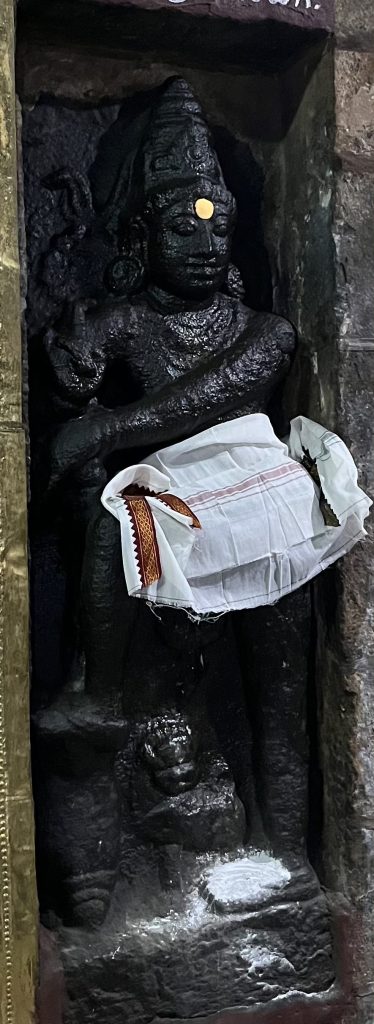
World over, there is a resurgence of the consciousness of a sense of connect to the land of one’s birth. Displaced peoples, people who wake up to this realisation, a generation that is more aware of where one came from – all these have contributed to a subtle but very firm movement that is harking back to what is sacred from one’s ancient and geographical roots.
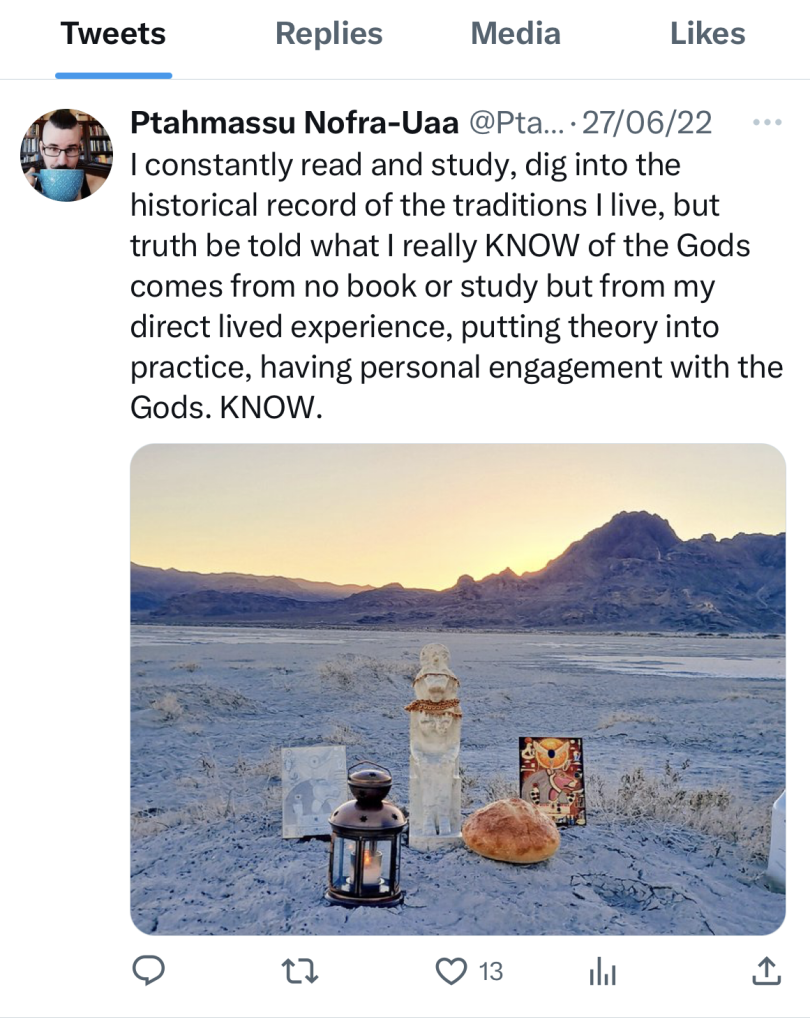

However, in India, this closeness to the roots, while broken for large swathes of urban dwellers, has never really vanished. The connect remains, strong in some, once removed in others – the ‘ancestral connection’ as the Lakota Man states in his tweet, has never been completely lost. Rituals, practices and beliefs have always been in continuation, even if many of us do not bother to delve into what they actually mean.
Closer home, here are a few examples of unbroken cultural continuity. The Tamil New Year was celebrated with gusto, with temple-goers reaffirming their connect to their historic, religious and cultural past. The start of the new calendar was not all about prayers and food, but also about the reading of the new panchangam, the Hindu almanac or calendar, in temples.
Temples were crowded, with people enjoying the reconnect with the ishta devas and devis, or their family deity, visiting as families or just on their own. The red of the Kumkum, the ash of the vibhuti, the auspicious turmeric or the cooling chandan or sandalwood paste, a pinch of a tulsi leaf from the larger mala, or the gift of a short length of a flower garland.
These little rituals are comforting and familiar for every temple-goer for whom every visit is a reaffirmation of who they are and where they come from.
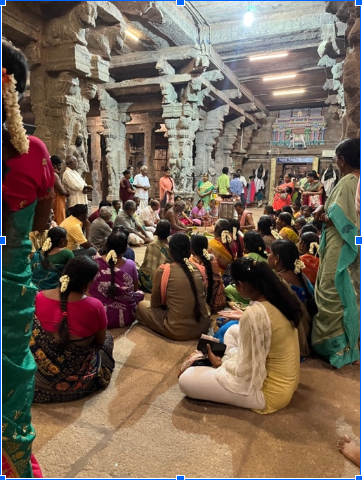
Then there are the individuals who are in every way firmly rooted in their historical legacy, and who thrive in the modern world, even while keeping that legacy alive. Ramasamy, a custodian of one of the old Kumbakonam temples, can be seen with his wife Chitra, cleaning the premises, refreshing the clothing of the gods and lighting the lamps.
It is a clear and warm evening when we walk into the deserted temple and meet them. Time pauses as we talk, Chitra seated on the thinnai in front of the temple, weaving a long garland of flowers from the basket at her side. She could be one who was here at a time when the temple was built. She is also, at present, one with the sacred environment around.
“Our family has been serving this temple, cleaning its premises and maintaining it, for generations,” Ramasamy tells us. There is genuine pride in his voice. “Can we let this tradition go?” he redundantly asks, “I am paid only a thousand rupees a month for what I do. It is not the money. It is our carrying forward of a sacred duty.”
Ramasamy and Chitra have three children, one of them named after the goddess of the temple they work in, another named after another goddess who lives in Tamil Nadu’s capital city Chennai and who works in IT. His son lives and works abroad.

Tamil Nadu’s rural areas have many such stories. Madhini (name changed) stands holding a bowl of kolam powder outside another temple in Cuddalore. It is she who cleans the temple premises, and draws out the rice flour designs before the temple door, and in front of the sanctum of the god. This particular temple has monkeys swarming all over. They disturb her, she says, while she draws her kolams. So, by her side is a long wooden stick, which she waves about from time to time to shoo the simian inmates away from her bowl of rice powder.
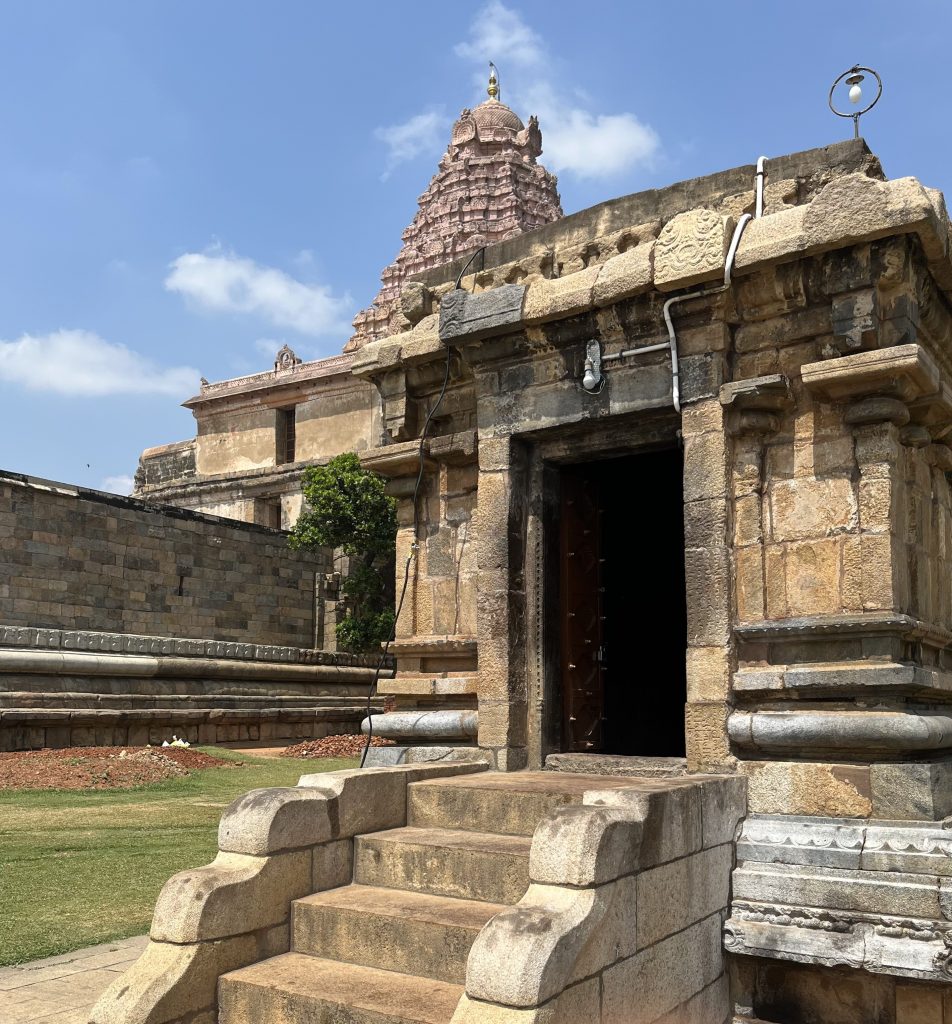
Narayanan (name changed upon request) is a priest at a temple where his family has, for generations, performed the rituals. While he lives in Chennai and works in a multinational firm, on important occasions, he travels back home to fulfil his priestly duties at the temple. He too, has been named after the God he worships.
While world over, it is a renewed discovery and engagement with one’s personal and devotional roots, it’s reaffirming that these roots, for us Tamilians, have never been too far. Every family defines these connects in explicit and clear ways – from the kolam in front of the home, to the clothing that’s worn on festive occasions and the food that is cooked every day, the rituals of prayers and during festival time when certain practices are followed – “this is the way our family has done things for generations.”
The others for whom this connect is nebulous at best, or non-existent – the door to our past remains open, allowing us to walk in any time, any day. The dwarapalakas and the dwarapalakis (yes, there are female gatekeepers too), will look on, smiling, as you step in. And of course, there are people who continue to hold the knowledge that we can learn from them and take forward if we so wish.
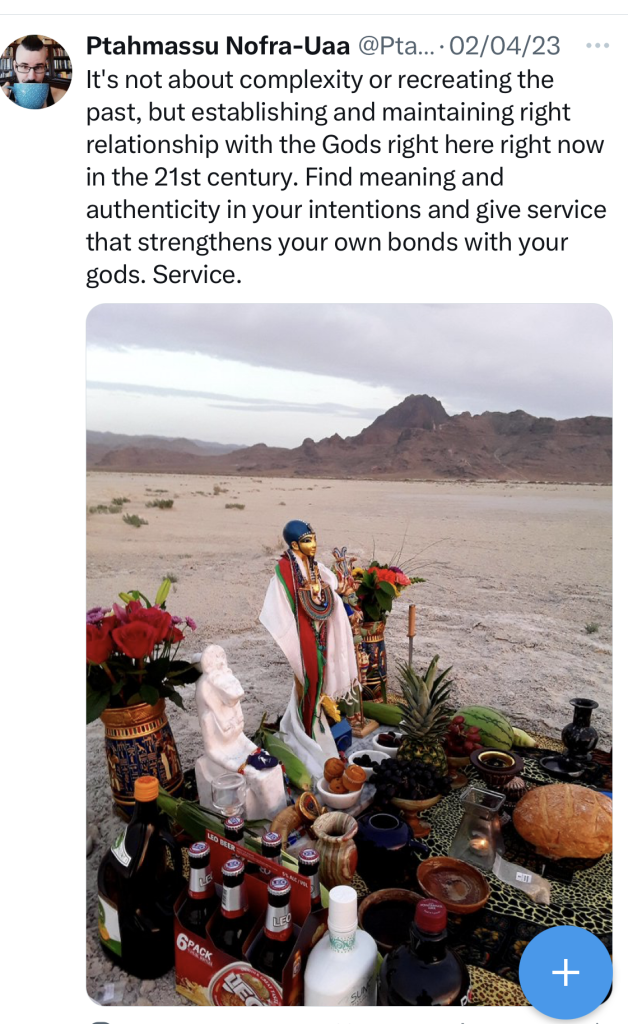

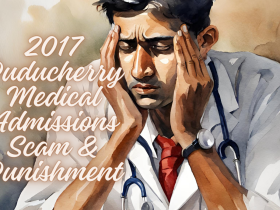



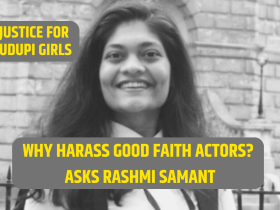
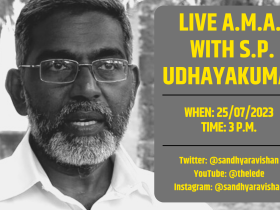
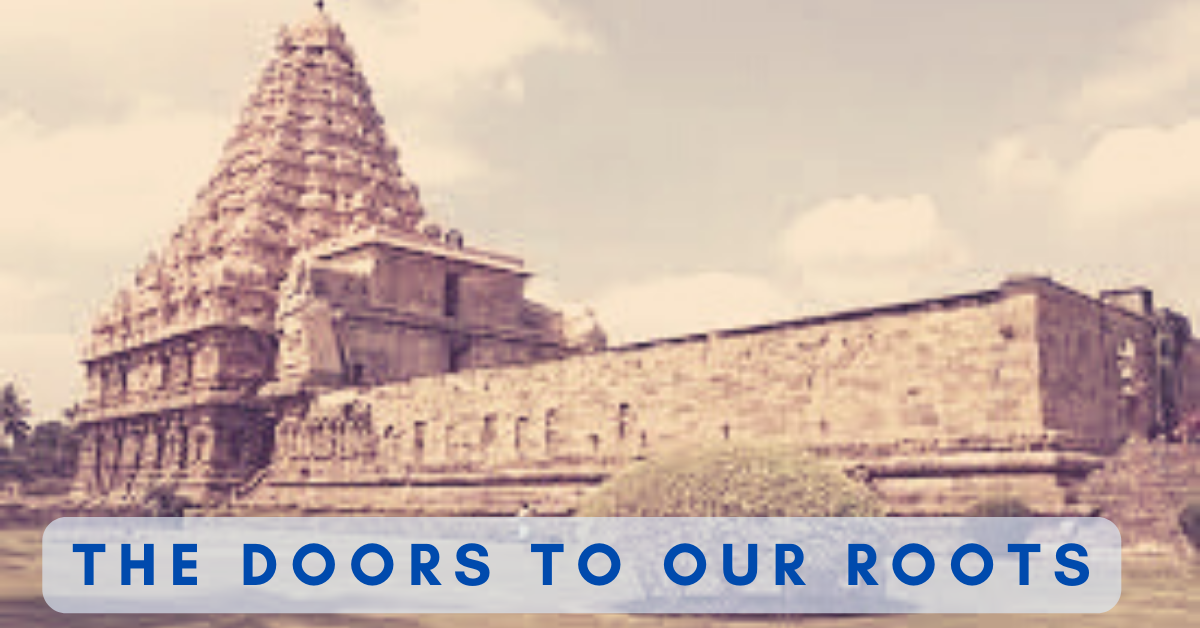



Leave a Reply